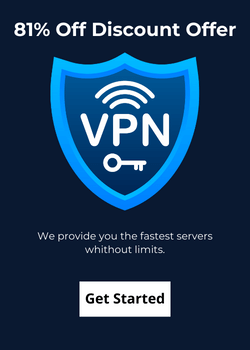E-commerce tutorials in PDF
E-commerce refers to the buying and selling of goods and services over the internet. In recent years, e-commerce has become an increasingly important part of the global economy, with online sales accounting for a growing share of total retail sales.
E-commerce platforms are used to facilitate online transactions, providing a range of features and functionalities designed to help businesses and individuals sell their products and services online. These platforms typically offer a range of tools for managing online storefronts, including product catalogs, shopping carts, payment processing, and shipping and fulfillment services.
One of the key benefits of e-commerce platforms is that they enable businesses to reach a global audience, selling products and services to customers around the world. This has made it easier than ever for small businesses to establish an online presence and compete with larger companies in the global marketplace.
E-commerce platforms also provide a range of tools for managing customer relationships, including email marketing, customer support, and loyalty programs. These tools help businesses to build strong relationships with their customers, encouraging repeat business and positive word-of-mouth recommendations.
Getting started with e-commerce development typically requires a solid understanding of web development principles and technologies, as well as experience with relevant programming languages and frameworks. Here are some key steps you can take to get started:
- Learn web development: E-commerce development relies heavily on web development principles and technologies, so it's important to have a strong foundation in this area. Start by learning the basics of HTML, CSS, and JavaScript, as well as server-side programming languages like PHP and Ruby.
- Choose an e-commerce platform: There are a wide variety of e-commerce platforms available, each with their own strengths and weaknesses. Some popular options include WooCommerce, Shopify, Magento, and BigCommerce. Choose a platform that meets your needs and fits your technical skillset.
- Familiarize yourself with the platform's architecture: Once you've chosen a platform, take the time to understand how it's built and how it works. This may involve reading documentation, watching tutorials, or experimenting with the platform yourself.
- Learn relevant programming languages and frameworks: Depending on the platform you've chosen, you may need to learn additional programming languages and frameworks. For example, Magento relies heavily on PHP, while Shopify's Liquid templating language is based on Ruby.
- Develop your skills in front-end and back-end development: E-commerce development requires a combination of front-end and back-end development skills. Front-end skills include HTML, CSS, and JavaScript, while back-end skills include database management, server-side programming, and payment processing integration.
In terms of skills requirements, e-commerce developers should have a strong understanding of web development principles and technologies, as well as experience with relevant programming languages and frameworks. They should also be familiar with e-commerce platforms and their architectures, and be comfortable working with databases, payment processing systems, and other third-party integrations. Additionally, e-commerce developers should have strong problem-solving skills and be able to work well in a team environment.
Overall, e-commerce platforms are an essential tool for anyone looking to sell products and services online. Whether you're a small business owner looking to expand your customer base, or a large corporation looking to streamline your online sales processes, e-commerce software can help you to grow your business and stay ahead of the competition.
E-commerce PDF eBooks
Building an E-Commerce Website with Bootstrap
The Building an E-Commerce Website with Bootstrap is a beginner level PDF e-book tutorial or course with 36 pages. It was added on January 19, 2016 and has been downloaded 14196 times. The file size is 432.61 KB. It was created by unknown.

